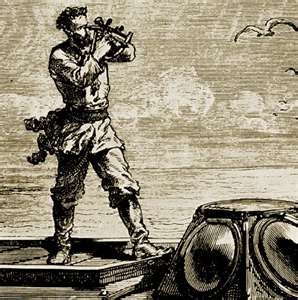My family and I are about to relocate to Norfolk so that I can take up a post in a new school. When I visited earlier this term, I was delighted to discover that they teach AQA GCSE Literature – the specification which I have spent the last year getting to know. However, I soon discovered that there was a fly in the ointment: instead of Love and Relationships, the poetry cluster which I had become relatively expert in, my new department taught the Conflict cluster. I would have to start again from scratch. That is why I was so eager to get my hands on a copy of The Art of Poetry Vol 6.
Upon beginning my investigation of the book, I was immediately struck by its format. Neil Bowen and his co-writers have aimed this book at students aiming for the very highest grade descriptors and their teachers. As such, they have eschewed the ‘usual’ format of and instead of breaking the poem down into theme, language, structure, etc. they have created a series of essays. Rather than following a formula, the weight given to any particular aspect of poetry is determined by the poem itself. As a result, each essay begins in a different way and focuses on different poetic elements, in the process providing an excellent model for our most able students.
I decided that I would have a look at an essay on a poem that I already ‘knew’ to see whether or not it offered any new insights and the essay on Ozymandias did not disappoint. By the time I had finished reading I felt a bit thick. The opening of the essay focuses on Shelley’s use of three narrators – the author if the inscription, the first person voice and the words put in the mouth of the subject of the sculpture. I had completely missed this, despite having taught the poem for a number of years. The analysis of this ‘Russian doll’ effect is astute and enlightening, as is the analysis of sound patterning which follows.
Next, I turned to the essay on Tissue. I was aware that some teachers were dreading the possibility of this being the named poem in the examination and when I read it, I could see why. The approach adopted by the writer of this essay is to model the process of literary exegesis, gradually bringing to light a coherent interpretation. By the time, I had finished reading I had a gained a toe-hold in a ‘difficult’ poem.
Aside from the essays, the writers have provided an excellent introduction to poetry appreciation which covers approaches to language, sound patterning, form, structure and rhythm. Each section is perfectly pitched for the more able reader. For the teacher, they have included ’14 ways of looking at a poem.’ The nod to Wallace Stevens is typical of a book which abounds with erudite quotations. Although I have been teaching for some years, some of these approaches were new to me.
At the back of the book there is help with connecting the poems and a list of revision activities, which I know I will be returning to in the new academic year.
In summary, this is an excellent resource for both teachers and more able pupils. Reading it has been some of the best subject knowledge CPD I have had for a while. I now intend to start with volume one and work my way through the series.
